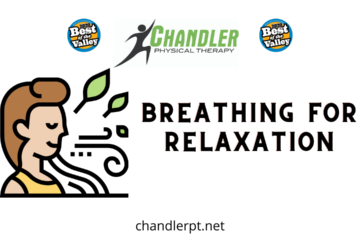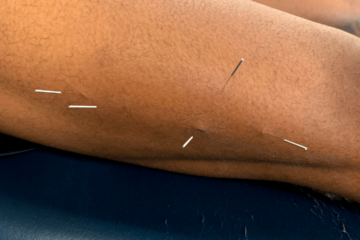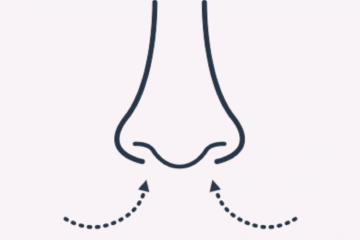Upper crossed syndrome and lower crossed syndrome are the two most common faulty upper body posture that we see in the clinic. If you have a job that is primarily computer or desk-work, spend an extensive amount of time using the computer or watching television, or spend a lot of time driving, then you likely demonstrate one or both of these postures.
With the progression of technology and industry, and the subsequent emerging work force that primarily uses technology to accomplish tasks, humans have transitioned from primarily physical labor to sedentary work. However, the human body was never designed to do this. We were built to move. This transition in society has caused a plethora of physical changes contributing to neck, shoulder, back, and hip pain (not to mention overall health which will be discussed in at another time). Let’s first discuss lower crossed syndrome:
What is lower crossed syndrome?
Lower crossed syndrome is a muscular imbalance involves the hips and low back. What occurs is a shortening and overactivation of the hip flexors and low back extensors, and inhibition and weakening of the gluteals and core. Generally, an individual adopts a posture with an anterior pelvic tilt, flexion of the hips, and increased lumbar lordosis.
(see the picture to the left)
Complications associated with this?
- Low back pain: The most common issue we see with this postural presentation is low back pain. The adoption of an anterior pelvic tilt and subsequent increase in lordosis in the lumbar spine causes increased stress through the lower lumbar spine, especially at L4-L5, L5-S1, and the sacroiliac joint. This is complicated by the fact that the gluteals and core muscles are inhibited and weak, and are not able to properly provide stability for the lower lumbar spine.
- Hip pain: A second issue we commonly see in the clinic is hip pain or groin pain. Because the hip flexors become overly tight and lack adequate mobility, we often see people present with pain in the front of their hip, or pain that is deep in the groin due to overactivity and spasm of the hip flexors. This often also causes impingement of the hip, further contributing to pain levels.
- Knee pain: While not as direct of a relationship, the knee suffers when a lower cross syndrome is present. The gluteals are a very important stabilizer of the hip and knee, and when there is weakness present in the gluteals, you will see an alteration in knee mechanics with walking, running, stairs, etc, causing increased stress at the knee. In addition, a weak gluteal will cause overactivation of the TFL, resulting in increased tension through the IT band and knee pain due to IT band friction. A tight hip flexor begins to alter gait mechanics, causing inadequate terminal stance and inadequate ankle dorsiflexion when walking, resulting in subsequent gait alterations at the hip, knee, and ankle, contributing to stress at the knee, as well as tightness through the calves. I can continue to follow this rabbit hole, but I think you get the point.
How can physical therapy help with this?
Physical therapists are trained experts in human movements and musculoskeletal system, and have a variety of tools to treat postural dysfunction included but not limited to therapeutic exercise, manual therapy, dry needling, training breathing patterns, and postural corrections. In addition, we can help with planning and creating an optimal work environment to avoid these issues. If you find that you are suffering from any of the described ailments above, we would love to help you resolve any pain and start moving better!
What can you do individually?
1. Become keenly aware of your posture throughout the day. Set a reminder on your phone for every hour, check your posture every time you send an email, check your posture when a commercial comes on TV…give yourself a cue that you can consistently respond to!
2. Move as often as possible…not much else to say. Again, set a reminder and avoid staying stationary.
3. Stretch what is tight (hip flexors, rectus femoris, lumbar extensors), and strengthening what is weak (gluteals, core).
A physical therapist can address ALL the causes of this condition. All pain or dysfunction is not created equal. A careful exam is critical in identifying the cause of your pain. Our movement experts at Chandler Physical Therapy can use soft tissue work, stretching, joint mobilizations, dry needling, postural corrections, and education to get you to get you on the road to recovery.


